






























See Also
See Again
© Shutterstock
0 / 31 Fotos
Valencia
- The province's beating heart is same-named Valencia, founded as a Roman colony as far back as 138 BCE. The capital, a Mediterranean port city, is rich in cultural heritage and deserves to be explored at leisure.
© Shutterstock
1 / 31 Fotos
La Ciutat de les Arts i les Ciències de València
- Begin your Valencia sightseeing by discovering the futuristic complex that is the City of Arts and Sciences. Recognized globally for its cutting-edge architecture, this is one of Europe's premier centers dedicated to cultural and scientific exhibitions.
© Getty Images
2 / 31 Fotos
L'Oceanogràfic
- The complex features nine integrated and groundbreaking structures and buildings, among them the Oceanographic, Europe's biggest aquarium. The ocean tank is unmissable with its collection of sharks and rays, but so too is the Arctic tank, whose residents include smiling beluga whales.
© Getty Images
3 / 31 Fotos
Museu de les Ciències
- Another highlight is the Science Museum. A compelling reference point for interactive science, technology, and the environment, the museum consists of a huge variety of seasonal exhibitions and scientific activities of all kinds to spark the visitor's curiosity.
© Getty Images
4 / 31 Fotos
Falles
- If you happen to be in Valencia mid-March, you'll be witness to the festival known as Falles (also spelled as Fallas). Held annually in commemoration of Saint Joseph, this extraordinary religious pageant features floats carrying beautifully crafted figures made of papier mâché. In a spectacular finale, these artistic monuments are burned at midnight on the last day of the festival. Its cultural significance is such that Falles is included on UNESCO's intangible cultural heritage of humanity list.
© Shutterstock
5 / 31 Fotos
Museu Fallero
- If you can't get to Valencia in March, fear not. The Museu Fallero houses more than 80 ninots (figures) saved from the fires. The exhibition also chronicles the history of this unique cultural expression.
© Shutterstock
6 / 31 Fotos
La Lonja de Seda
- Completed in 1533, the outstanding La Lonja de Seda was built to house the city's Silk Exchange. The lavishly decorated vaulted hall is supported by a series of twisted columns. The trading hall, meanwhile, is where Valencian silk was sold. Outside, the orange garden courtyard drew merchants from across the land to trade in this precious fruit. The Gothic monument is a listed UNESCO World Heritage Site.
© Shutterstock
7 / 31 Fotos
Mercado Central
- Sited near Lonja is the wonderful Mercado Central, a 1920s-era Valencian Art Nouveau structure enclosing hundreds of market stalls selling all kinds of national and regional culinary delights and handicraft.
© Getty Images
8 / 31 Fotos
Iglesia de San Nicolás de Bari y San Pedro Mártir de València
- The somber exterior of the Church of St. Nicholas of Bari and St. Peter the Martyr belies a sumptuous and ornate interior further heightened by a series of breathtaking frescos that decorate the walls and ceilings.
© Shutterstock
9 / 31 Fotos
Catedral de València
- The city's cathedral was consecrated in 1238, set over Visigoth foundations and fashioned out of a former mosque built by the Moors.
© Shutterstock
10 / 31 Fotos
Cathedral highlights
- An interior highlight is the dazzling Chapel of the Holy Grail, distinguished for its gilded vaulting and star-studded religious motifs. The chapel's most sacred object is the reliquary containing the Holy Chalice, believed by many to be the goblet that Jesus used to perform the Holy Eucharist.
© Shutterstock
11 / 31 Fotos
El Miguelete
- Round off your cathedral visit by climbing the 207 steps to the top of the Miguelete Tower for an inspiring Valencia rooftop panorama.
© Shutterstock
12 / 31 Fotos
Plaza de la Virgen
- The pedestrianized area around the cathedral includes Plaza de la Virgen, one of Valencia's prettiest squares. Return at dusk and be greeted by Neptune's fountain bathed in the illuminated glow of the surrounding facades.
© Getty Images
13 / 31 Fotos
Bioparc València
- Valencia's zoo allows visitors to appreciate the residents in enclosures designed to authentically reflect their natural habitats. This is achieved by not using the traditional railings and cages that are common in many zoos, using instead rivers, ponds, streams, and rocks to separate visitors from the animals. The result is a near-seamless landscape of different ecosystems.
© Shutterstock
14 / 31 Fotos
Centro arqueológico Almoina
- The premier site of ancient historical interest in the city, La Almoina Archaeological Museum is set over the incredibly well-preserved foundations of Roman Valencia. From above, visitors can gaze across the remnants of streets and bathing pools, plus a sanctuary, part of the forum portico.
© Getty Images
15 / 31 Fotos
Museum collections
- An exhibition hall showcases historic pottery and other archaeological pieces from various periods in the history of Valencia, including Visigoth and Arab epochs.
© Getty Images
16 / 31 Fotos
Palacio del Marqués de Dos Aguas
- You can't miss the Palace of the Marquis of Dos Aguas. This gem of a Rocco residence used to belong to a prominent noble family. These days it houses the serene González Martí National Museum of Ceramics and Decorative Arts.
© Shutterstock
17 / 31 Fotos
Museu de Belles Arts de València
- Among the standout exhibits you need to seek out at the National Museum of Fine Arts is a triptych of the Passion by Hieronymus Bosch, a self-portrait by Spanish painter Diego Velázquez (pictured), and Gonzalo Pérez's amazing Altarpiece of Sts. Ursula.
© Public Domain
18 / 31 Fotos
Institut València d'Art Moderne
- Dedicated to the continuous developments of art and photography of the 20th century, the Valencia Institute of Modern Art is one of the most important institutions of its kind in Europe. The permanent collection represents all movements of modern and avant-garde art, including Analytical Abstraction, Pop Art, Post Modern, and New Figurative.
© Getty Images
19 / 31 Fotos
Torres de Serranos
- Symbolic of Valencia is the destination's mighty city gate, Torres de Serranos. Built in the 14th century, the tower is one of the 12 gates that formed part of the ancient city wall. The crenellated monument is open to the public.
© Shutterstock
20 / 31 Fotos
Parque Natural de la Albufera
- Just 10 km (6 mi) from Valencia city center, La Albufera Natural Park is an irresistible excursion option for anyone seeking sanctuary in a pristine environment. Besides wildlife, the park lures with Playa del Saler—nearly 3 km (2 mi) of sandy beach fringed by dunes and pine trees.
© Shutterstock
21 / 31 Fotos
Requena
- Further afield, the province of Valencia is blessed with several destinations worth investigating for their historic veneer and cultural significance. One of these is the medieval town of Requena, 68 km (42 mi) from Valencia. The exotic Hispanic-Arabic atmosphere is tangible through an old Moorish fortress and the maze of narrow streets that open onto peaceful tree-lined squares.
© Shutterstock
22 / 31 Fotos
Sagunto
- Thirty kilometers (18 mi) north of Valencia is Sagunto. One of the main sites is its castle, the history of which extends back over 2,000 years and includes Iberian, Roman and medieval remnants.
© Shutterstock
23 / 31 Fotos
Saguntum
- The town is best known, however, for the remains of the ancient Iberian and Roman city of Saguntum. The well-preserved remains of the Roman Theatre, which dates back to 50 CE, was the first official National Monument declared in Spain, listed in 1896.
© Getty Images
24 / 31 Fotos
Cullera
- South along the coast is Cullera, a favorite destination for tourists in summer for the inviting Cap Blanc Beach and Torres de San Antonio Resort.
© Shutterstock
25 / 31 Fotos
Xàtiva
- Heading again inland, the historic town of Xàtiva was a noted cultural and scholastic hub during the Al-Andalus Islamic era: Arabs brought the technology to manufacture paper to Xàtiva in the 12th century. The town is appreciated architecturally for Castell de Xàtiva, twin fortifications split up into two sections: the minor castle, built on Roman foundations, and the main castle, which dates back to the medieval period.
© Shutterstock
26 / 31 Fotos
Ontinyent
- Characterized by a wealth of baroque churches, aristocratic mansions, and medieval city walls, Ontinyent and the surrounding area is known as "Valencian Tuscany" for the numerous vineyards embroidered across the landscape.
© Shutterstock
27 / 31 Fotos
Serra Mariola Natural Park
- Ontinyent sits near Serra Mariola Natural Park. The park is celebrated for the numerous aromatic plants and herbs that carpet the mountain range. It's also where you can find the amazing Cava Gran, or Cava Arquejada, in Agres. This is one of the finest examples of an 18th-century ice house found anywhere, built to store snow to produce and then later commercialize ice.
© Shutterstock
28 / 31 Fotos
Font Roja Natural Park
- Wedged between the towns of Alcoy and Ibi, Font Roja Natural Park is one of the best preserved natural areas found in the region. The park contains a number of rural accommodation options, a scattering of restaurants, and even an old monastery.
© Shutterstock
29 / 31 Fotos
Valencian paella
- There's one meal you need to digest while in Valencia: classic Valencian paella. Traditionally associated with seafood, this paella is made using chicken or pork, accompanied with butter beans and green beans. The dish is seasoned with garlic, paprika, and saffron, and is simply mouthwatering. Sources: (UNESCO) (World Cities Ranking) (Difford's Guide) See also: Spain's prettiest towns and villages
© Shutterstock
30 / 31 Fotos
© Shutterstock
0 / 31 Fotos
Valencia
- The province's beating heart is same-named Valencia, founded as a Roman colony as far back as 138 BCE. The capital, a Mediterranean port city, is rich in cultural heritage and deserves to be explored at leisure.
© Shutterstock
1 / 31 Fotos
La Ciutat de les Arts i les Ciències de València
- Begin your Valencia sightseeing by discovering the futuristic complex that is the City of Arts and Sciences. Recognized globally for its cutting-edge architecture, this is one of Europe's premier centers dedicated to cultural and scientific exhibitions.
© Getty Images
2 / 31 Fotos
L'Oceanogràfic
- The complex features nine integrated and groundbreaking structures and buildings, among them the Oceanographic, Europe's biggest aquarium. The ocean tank is unmissable with its collection of sharks and rays, but so too is the Arctic tank, whose residents include smiling beluga whales.
© Getty Images
3 / 31 Fotos
Museu de les Ciències
- Another highlight is the Science Museum. A compelling reference point for interactive science, technology, and the environment, the museum consists of a huge variety of seasonal exhibitions and scientific activities of all kinds to spark the visitor's curiosity.
© Getty Images
4 / 31 Fotos
Falles
- If you happen to be in Valencia mid-March, you'll be witness to the festival known as Falles (also spelled as Fallas). Held annually in commemoration of Saint Joseph, this extraordinary religious pageant features floats carrying beautifully crafted figures made of papier mâché. In a spectacular finale, these artistic monuments are burned at midnight on the last day of the festival. Its cultural significance is such that Falles is included on UNESCO's intangible cultural heritage of humanity list.
© Shutterstock
5 / 31 Fotos
Museu Fallero
- If you can't get to Valencia in March, fear not. The Museu Fallero houses more than 80 ninots (figures) saved from the fires. The exhibition also chronicles the history of this unique cultural expression.
© Shutterstock
6 / 31 Fotos
La Lonja de Seda
- Completed in 1533, the outstanding La Lonja de Seda was built to house the city's Silk Exchange. The lavishly decorated vaulted hall is supported by a series of twisted columns. The trading hall, meanwhile, is where Valencian silk was sold. Outside, the orange garden courtyard drew merchants from across the land to trade in this precious fruit. The Gothic monument is a listed UNESCO World Heritage Site.
© Shutterstock
7 / 31 Fotos
Mercado Central
- Sited near Lonja is the wonderful Mercado Central, a 1920s-era Valencian Art Nouveau structure enclosing hundreds of market stalls selling all kinds of national and regional culinary delights and handicraft.
© Getty Images
8 / 31 Fotos
Iglesia de San Nicolás de Bari y San Pedro Mártir de València
- The somber exterior of the Church of St. Nicholas of Bari and St. Peter the Martyr belies a sumptuous and ornate interior further heightened by a series of breathtaking frescos that decorate the walls and ceilings.
© Shutterstock
9 / 31 Fotos
Catedral de València
- The city's cathedral was consecrated in 1238, set over Visigoth foundations and fashioned out of a former mosque built by the Moors.
© Shutterstock
10 / 31 Fotos
Cathedral highlights
- An interior highlight is the dazzling Chapel of the Holy Grail, distinguished for its gilded vaulting and star-studded religious motifs. The chapel's most sacred object is the reliquary containing the Holy Chalice, believed by many to be the goblet that Jesus used to perform the Holy Eucharist.
© Shutterstock
11 / 31 Fotos
El Miguelete
- Round off your cathedral visit by climbing the 207 steps to the top of the Miguelete Tower for an inspiring Valencia rooftop panorama.
© Shutterstock
12 / 31 Fotos
Plaza de la Virgen
- The pedestrianized area around the cathedral includes Plaza de la Virgen, one of Valencia's prettiest squares. Return at dusk and be greeted by Neptune's fountain bathed in the illuminated glow of the surrounding facades.
© Getty Images
13 / 31 Fotos
Bioparc València
- Valencia's zoo allows visitors to appreciate the residents in enclosures designed to authentically reflect their natural habitats. This is achieved by not using the traditional railings and cages that are common in many zoos, using instead rivers, ponds, streams, and rocks to separate visitors from the animals. The result is a near-seamless landscape of different ecosystems.
© Shutterstock
14 / 31 Fotos
Centro arqueológico Almoina
- The premier site of ancient historical interest in the city, La Almoina Archaeological Museum is set over the incredibly well-preserved foundations of Roman Valencia. From above, visitors can gaze across the remnants of streets and bathing pools, plus a sanctuary, part of the forum portico.
© Getty Images
15 / 31 Fotos
Museum collections
- An exhibition hall showcases historic pottery and other archaeological pieces from various periods in the history of Valencia, including Visigoth and Arab epochs.
© Getty Images
16 / 31 Fotos
Palacio del Marqués de Dos Aguas
- You can't miss the Palace of the Marquis of Dos Aguas. This gem of a Rocco residence used to belong to a prominent noble family. These days it houses the serene González Martí National Museum of Ceramics and Decorative Arts.
© Shutterstock
17 / 31 Fotos
Museu de Belles Arts de València
- Among the standout exhibits you need to seek out at the National Museum of Fine Arts is a triptych of the Passion by Hieronymus Bosch, a self-portrait by Spanish painter Diego Velázquez (pictured), and Gonzalo Pérez's amazing Altarpiece of Sts. Ursula.
© Public Domain
18 / 31 Fotos
Institut València d'Art Moderne
- Dedicated to the continuous developments of art and photography of the 20th century, the Valencia Institute of Modern Art is one of the most important institutions of its kind in Europe. The permanent collection represents all movements of modern and avant-garde art, including Analytical Abstraction, Pop Art, Post Modern, and New Figurative.
© Getty Images
19 / 31 Fotos
Torres de Serranos
- Symbolic of Valencia is the destination's mighty city gate, Torres de Serranos. Built in the 14th century, the tower is one of the 12 gates that formed part of the ancient city wall. The crenellated monument is open to the public.
© Shutterstock
20 / 31 Fotos
Parque Natural de la Albufera
- Just 10 km (6 mi) from Valencia city center, La Albufera Natural Park is an irresistible excursion option for anyone seeking sanctuary in a pristine environment. Besides wildlife, the park lures with Playa del Saler—nearly 3 km (2 mi) of sandy beach fringed by dunes and pine trees.
© Shutterstock
21 / 31 Fotos
Requena
- Further afield, the province of Valencia is blessed with several destinations worth investigating for their historic veneer and cultural significance. One of these is the medieval town of Requena, 68 km (42 mi) from Valencia. The exotic Hispanic-Arabic atmosphere is tangible through an old Moorish fortress and the maze of narrow streets that open onto peaceful tree-lined squares.
© Shutterstock
22 / 31 Fotos
Sagunto
- Thirty kilometers (18 mi) north of Valencia is Sagunto. One of the main sites is its castle, the history of which extends back over 2,000 years and includes Iberian, Roman and medieval remnants.
© Shutterstock
23 / 31 Fotos
Saguntum
- The town is best known, however, for the remains of the ancient Iberian and Roman city of Saguntum. The well-preserved remains of the Roman Theatre, which dates back to 50 CE, was the first official National Monument declared in Spain, listed in 1896.
© Getty Images
24 / 31 Fotos
Cullera
- South along the coast is Cullera, a favorite destination for tourists in summer for the inviting Cap Blanc Beach and Torres de San Antonio Resort.
© Shutterstock
25 / 31 Fotos
Xàtiva
- Heading again inland, the historic town of Xàtiva was a noted cultural and scholastic hub during the Al-Andalus Islamic era: Arabs brought the technology to manufacture paper to Xàtiva in the 12th century. The town is appreciated architecturally for Castell de Xàtiva, twin fortifications split up into two sections: the minor castle, built on Roman foundations, and the main castle, which dates back to the medieval period.
© Shutterstock
26 / 31 Fotos
Ontinyent
- Characterized by a wealth of baroque churches, aristocratic mansions, and medieval city walls, Ontinyent and the surrounding area is known as "Valencian Tuscany" for the numerous vineyards embroidered across the landscape.
© Shutterstock
27 / 31 Fotos
Serra Mariola Natural Park
- Ontinyent sits near Serra Mariola Natural Park. The park is celebrated for the numerous aromatic plants and herbs that carpet the mountain range. It's also where you can find the amazing Cava Gran, or Cava Arquejada, in Agres. This is one of the finest examples of an 18th-century ice house found anywhere, built to store snow to produce and then later commercialize ice.
© Shutterstock
28 / 31 Fotos
Font Roja Natural Park
- Wedged between the towns of Alcoy and Ibi, Font Roja Natural Park is one of the best preserved natural areas found in the region. The park contains a number of rural accommodation options, a scattering of restaurants, and even an old monastery.
© Shutterstock
29 / 31 Fotos
Valencian paella
- There's one meal you need to digest while in Valencia: classic Valencian paella. Traditionally associated with seafood, this paella is made using chicken or pork, accompanied with butter beans and green beans. The dish is seasoned with garlic, paprika, and saffron, and is simply mouthwatering. Sources: (UNESCO) (World Cities Ranking) (Difford's Guide) See also: Spain's prettiest towns and villages
© Shutterstock
30 / 31 Fotos
What's there to view in Valencia?
Explore this often overlooked corner of Spain
© Shutterstock
The province of Valencia is an often overlooked pocket of Spain. Located on the country's eastern shore of the Mediterranean Sea, this is a region distinguished for its cultural heritage, containing as it does a truly remarkable collection of historic sites, with some recognized by UNESCO. The beating heart of the province is the city of Valencia, built on Roman, Moorish, and Visigoth foundations and home to one of Europe's most prestigious centers for the arts and sciences. Elsewhere, visitors can absorb medieval towns and monuments, enjoy pristine sandy beaches, and discover some of the best-preserved natural parks in the region. So, are you heading for Spain?
Click through and find out what's to view in Valencia.
RECOMMENDED FOR YOU


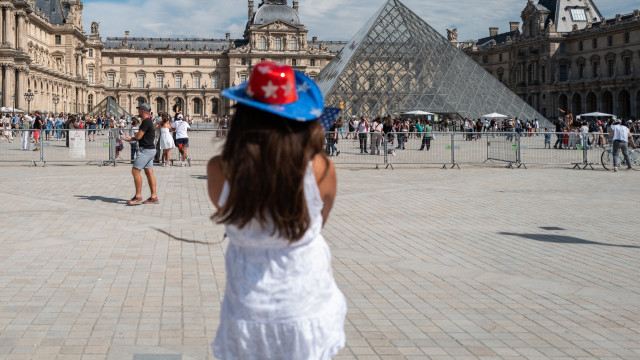



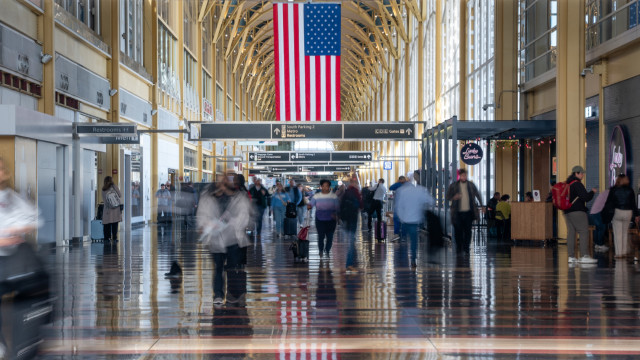
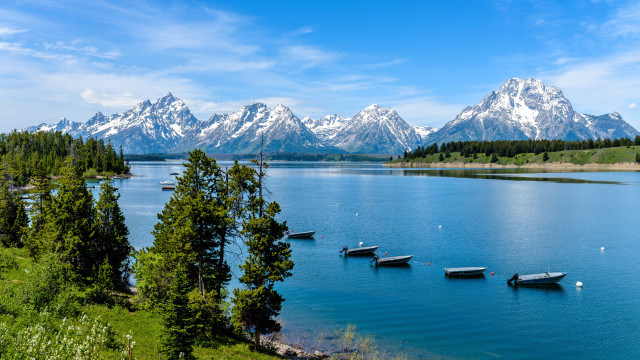

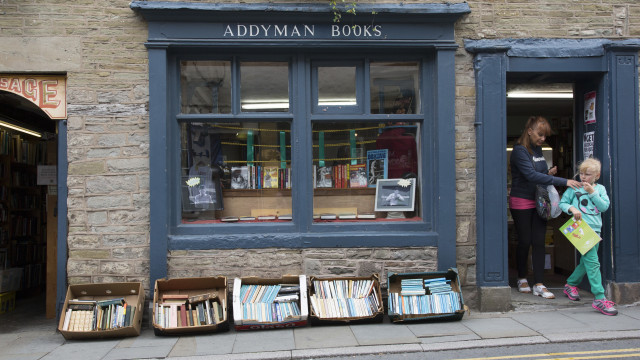


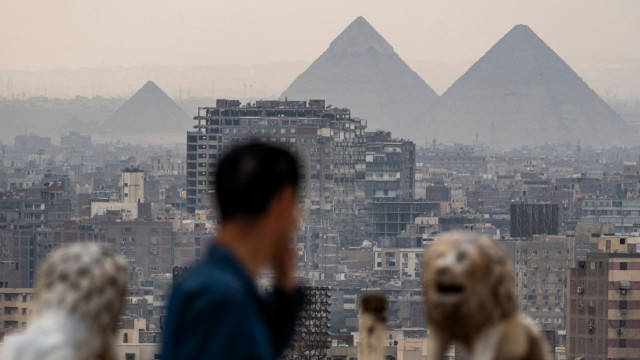
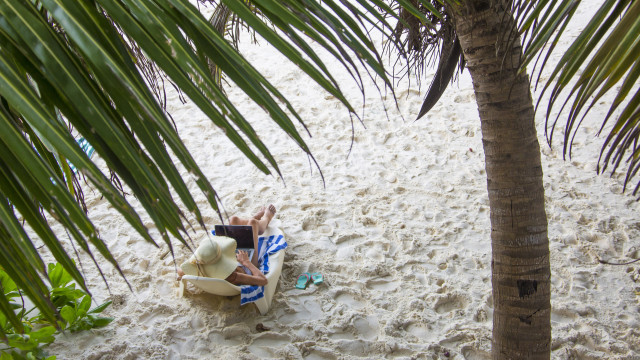
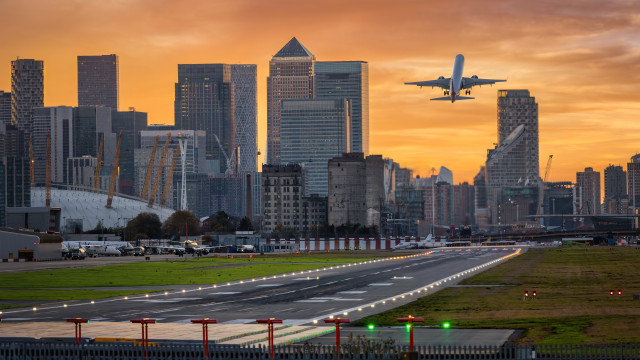
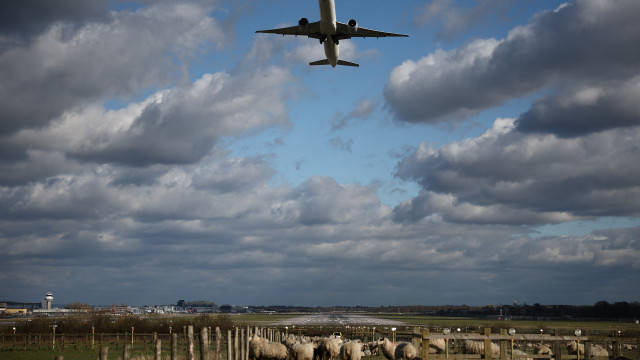


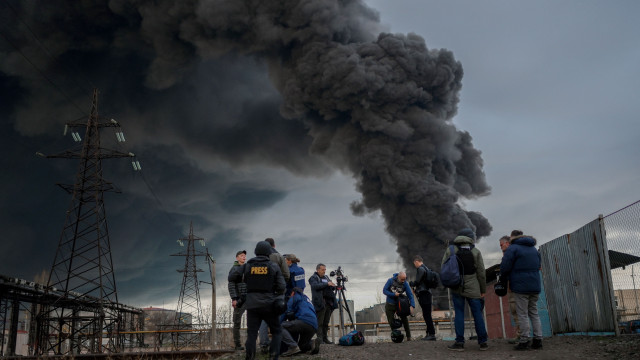
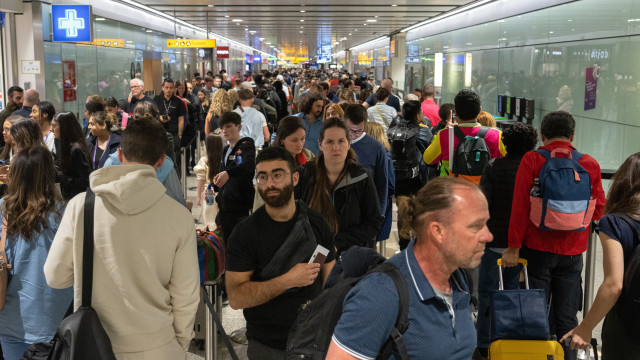
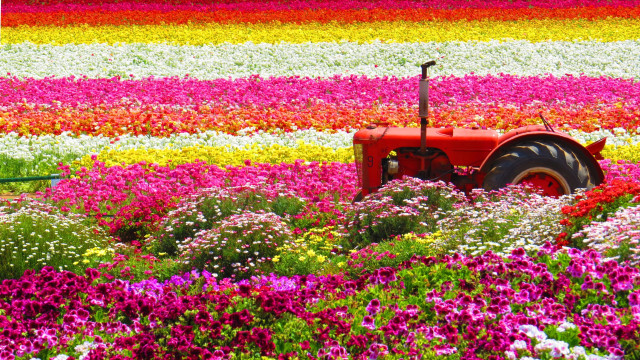

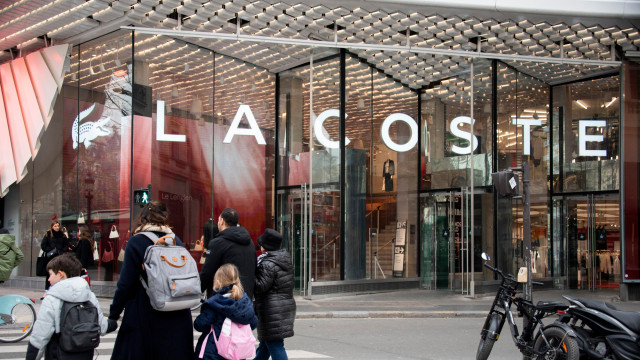
MOST READ
- Last Hour
- Last Day
- Last Week








